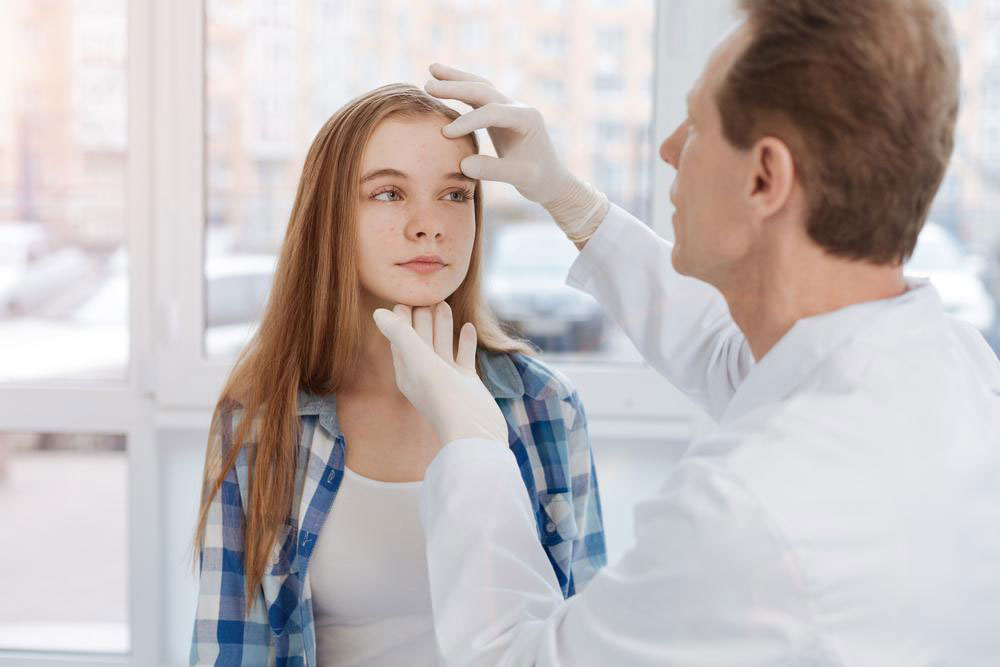Various Treatment Options For Face Psoriasis
Psoriasis can be a pain when it becomes chronic and effects our joints and muscles leading to arthritis as well. The brand new xtrac psoriasis treatment has brought in surprising elements where the patients are studied to be living a happier life after the treatment. The xtrac psoriasis treatment is a light treatment which is painless and challenging in order to treat your disease. The xtrac psoriasis treatment uses ultraviolet light to the affected areas of skin.

The xtrac psoriasis treatment therapy was approved in 2009 by the U.S. Federal Drug Administration. Patients usually sit for two sittings a week which can go from 4 to 10 sessions for better results. The dermatologist will decide the dosage of laser light that has to enter your affected skin based on the thickness, skin tone and spread of plaque on the skin. The procedure entitles the patient to wear dark goggles to protect their eyes. The xtrac psoriasis treatment can treat from mild to extreme conditions. The procedure is to penetrate a single band of ultraviolet B light on the affected areas. This can penetrate into the skin and break the DNA. The 308nm wavelength is the best to treat the psoriasis lesions. The xtrac psoriasis treatment decreases the risk of UV radiation exposure on to the surrounding skin. Studies as per 2002 say that 72 percent of the participants have undergone the treatment and around three fourth of their psoriasis was treated in an average of 6.2 sittings itself. By the tenth sitting patients had recovered up to 95% and all the plaques had been cleared. The same research says that half of the patients observed redness but none dropped out of the study because of the side effects.